Sinus Cyst Removal

specialists

equipment

treatment

Not all tumors require surgery. The decision on the need to remove a cyst (or foreign body) from the sinus is made by an ENT doctor based on a number of factors.
For example, the intervention is carried out if the tumor in the sinuses is large (this threatens to block the nasal passages).
Additional indications for surgery:
- Frequent infections (sinusitis) that contribute to the deterioration of the general condition
- Pain and pressure in the face that are not relieved by standard therapy
Small tumors are not removed. For several months, the doctor monitors such a tumor and (if necessary) prescribes conservative therapy.
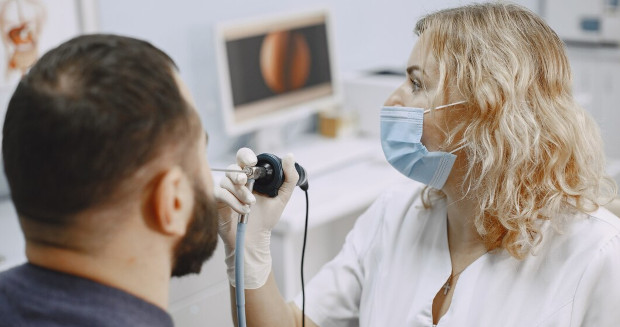
There are no specific contraindications to the removal of a sinus cyst. However, like any surgical intervention, the operation is not performed in the presence of:
- Acute infectious diseases. The presence of an active infection in the body can complicate the operation on the maxillary sinus cyst and slow down the recovery after it
- Chronic diseases in the acute stage. Relapses of diabetes mellitus and cardiovascular pathologies require stabilization before the intervention
- Blood clotting disorders. In the presence of problems with coagulation, the risk of bleeding increases
- Allergies to anesthetics. A strong allergic reaction often leads to anaphylactic shock
If there are contraindications, the doctor offers alternative methods of treatment or postpones the removal of the cyst from the sinus until the condition stabilizes.
Symptoms of the disease
Symptoms depend on the size of the cyst and its location. The presence of mucocele is accompanied by chronic nasal congestion. This is due to the fact that mucus, accumulating in the neoplasm, blocks the normal outflow from the sinuses. Due to constant pressure on the surrounding tissues, the sense of smell decreases (or completely disappears).
Hydrocele does not have pronounced symptoms until it reaches a large size. However, as it grows, it begins to put pressure on neighboring structures. Against this background, headaches and discomfort in the face (especially in the area of the affected sinuses) appear.
Pyocele manifests itself quite acutely. The general condition worsens, the temperature rises. In the most severe cases, nasal discharge is observed.

The main manifestations include:
- Difficulty breathing through the nose This is due to the cyst blocking the nasal passages or paranasal sinuses
- Severe headaches The pressure created by the cystic formation in the nose often causes pain in the forehead and temples
- A feeling of pressure in the face This is especially felt in the cheeks, forehead and between the eyes
- Constant nasal congestion This symptom is not accompanied by fever or other signs of acute respiratory viral infection

Treatment
One of the main methods of treatment is drug therapy. In this case, the doctor prescribes the patient the use of anti-inflammatory drugs and vasoconstrictor drops. These drugs help:
- Reduce swelling
- Relieve nasal breathing
- Restore sinus ventilation
Due to the risk of addiction, vasoconstrictor drops are recommended to be used for no more than 5 days.
Additionally, mucolytics are prescribed, which help normalize the outflow of mucus. Antiseptics and topical glucocorticosteroids help to cope with inflammation and reduce mucosal hyperplasia. To relieve pain caused by tumor pressure on surrounding tissues, analgesics are prescribed. Probiotics are prescribed to normalize the microflora of the nasal cavity and nasopharynx.
A puncture is performed to remove the contents of the cyst in the nasal sinus. During the process, the surgeon pierces the wall of the formation with a thin needle. After this, the pressure and pain decrease.
Physiotherapy methods (inhalations, rinsing the nose with saline solutions) are used only to relieve symptoms - they are not the main methods of treating tumors. They are used after removing the cyst in the nasal sinus.
Types of operations to remove varicose veins
There are 4 most common protocols for surgical intervention for dilated arteries in women and men.
Methods for treating neoplasms differ in the technique used. Information about them is presented in the table.
| Sinus cyst removal method | Technique | Indications | Traumatic | Duration | Cost |
|---|---|---|---|---|---|
| Intranasal protocol | The operation is performed through the nasal passage under the control of an endoscope. The instrument is inserted through the anastomosis into the maxillary sinus. The cyst is sucked out or desquamated. No incisions or bone punctures are required. | Suitable for small tumors. | Minor | 60 minutes | Low cost |
| Microsurgical protocol | Access to the maxillary sinus is carried out through the alveolar socket after extraction of the causative tooth. The doctor removes the cyst along with the tooth, and the sinus is inspected. | Used in case of immediate tooth extraction or if no more than 9 days have passed since its removal | Low | Up to 1.5 hours | Average cost |
| Microsinusrotomy | The intervention is carried out through the anterior wall of the maxillary sinus. A small hole of 3-4 mm is formed in the bone. The doctor removes the cyst with special instruments. | Suitable for killing medium to large tumors | Low | From 1 to 3 hours | Average cost |
| Radical maxillary sinusotomy | Access to the sinus is formed under the upper lip in the oral cavity with the extraction of part (10-15 mm) of the bone fragment. | Used for the purpose of removing large formations. Surgery is also prescribed if there are concomitant complications such as polyps. | High | From 2 to 4 hours | High cost |
General information about the procedure
Recovery after surgery
Recovery after nasal tumor removal involves rest, proper nutrition, and regular check-ups with a doctor.
After endoscopy and laser cauterization, it is recommended to avoid physical activity and not take hot baths. It is also important to maintain hygiene of the nasal cavity (to prevent infections and speed up healing, it is necessary to rinse the operated area with saline solutions).
In the first few days after microantrotomy, you need to monitor the condition of the sutures and follow all the doctor's recommendations for wound care. Pain can be relieved with analgesics.
In the first 2-3 days after radical surgery, it is necessary to strictly adhere to bed rest. Then it is allowed to gradually increase physical activity. Bending over and lifting heavy objects should be avoided - otherwise, the risk of bleeding increases.
Risks and possible complications
Despite all precautions, there is a risk of developing an infectious process after the intervention. Antibiotics are prescribed to prevent it.
Bleeding, swelling and pain are observed in 30-50% of cases after surgery. Damage to surrounding tissues (mucous membrane, teeth, bone structures) occurs in 10-15% of cases. These conditions require additional treatment.
Relapse after removal of a cyst from the maxillary sinus is observed in about 5% of cases.
Rehabilitation
In the first few days after removal of a cyst in the maxillary sinus, the patient should stay in bed and avoid any physical activity. The head should be kept elevated - this helps reduce swelling and prevent bleeding. Bending and sudden head movements should be avoided.
Proper care of the nasal cavity is very important. It should be regularly washed with the prescribed products. This procedure should be performed several times a day, immediately after the removal of paranasal sinus cysts.
To prevent inflammation and infectious complications after removal of a cyst from the nose, the patient is prescribed anti-inflammatory drugs and antibiotics.
Nutrition after removal of a cyst from the sinus should be gentle. Spicy, hot and hard foods should be excluded from the diet. In order not to irritate the mucous membrane of the nose and mouth, you should eat soft, cool foods. Smoking and drinking alcohol should be avoided, as this slows down the healing process.
An important part of rehabilitation after surgery is regular check-ups with the attending physician. The first visit is usually scheduled 7 days after the intervention, and then at intervals of 2-3 weeks. The doctor evaluates the condition of the nasal cavity, monitors the healing process and, if necessary, adjusts the treatment.
In some cases, the doctor recommends additional physiotherapy procedures. For example, inhalations are prescribed to speed up recovery and improve drainage.
Advantages of treating nasal cysts in the clinic "K+31"
Treatment of nasal cysts in the K+31 clinic provides patients with a number of important advantages. Our medical center, located in Moscow, is equipped with modern diagnostic and surgical equipment. This allows clients to undergo all necessary procedures in one place.
Using a single information system helps all medical staff of the clinic promptly exchange data on the patient's condition. This significantly speeds up the treatment process and improves its quality.
Our clinic also actively uses comprehensive examination programs developed taking into account the latest medical standards and recommendations. These programs help not only cope with current problems, but also prevent relapses.
We also offer optimal prices for the removal of maxillary sinus cysts and other procedures. How much does surgery to remove a cyst in the nasal sinus and on the jaw cost in the K+31 clinic? The price for removing a cyst in the nose can be found by phone and on the official website of the clinic.
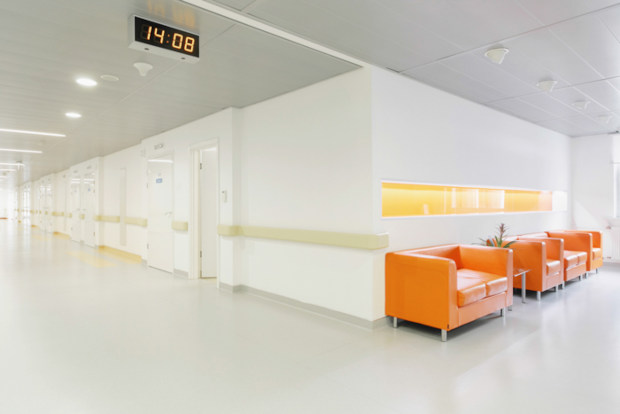
Answers to popular questions
People often wonder when it is necessary to remove a cyst in the maxillary sinus. Many are interested in the question of how painful the intervention is.
How do I know if I have a sinus cyst?
How painful is cyst surgery?
Do I need to stay in the hospital after surgery?
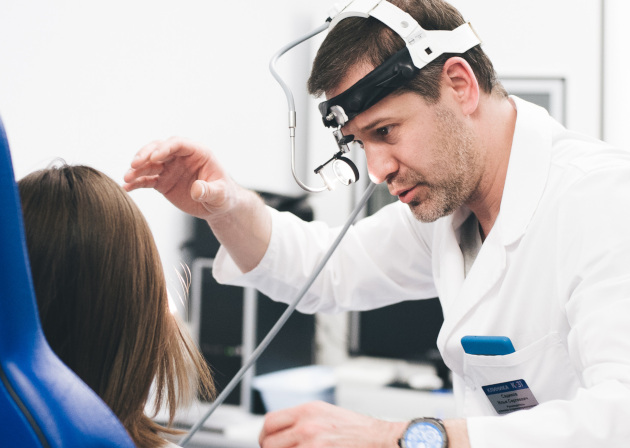
How is an appointment with an otolaryngologist at K+31?
Our doctors

This award is given to clinics with the highest ratings according to user ratings, a large number of requests from this site, and in the absence of critical violations.

This award is given to clinics with the highest ratings according to user ratings. It means that the place is known, loved, and definitely worth visiting.

The ProDoctors portal collected 500 thousand reviews, compiled a rating of doctors based on them and awarded the best. We are proud that our doctors are among those awarded.
Make an appointment at a convenient time on the nearest date
Price






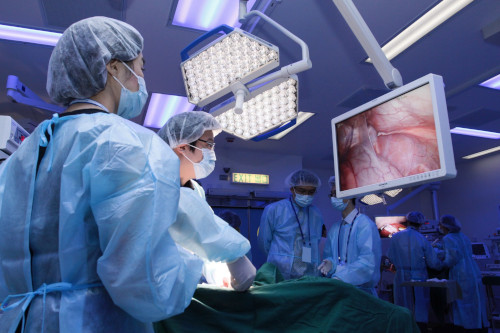



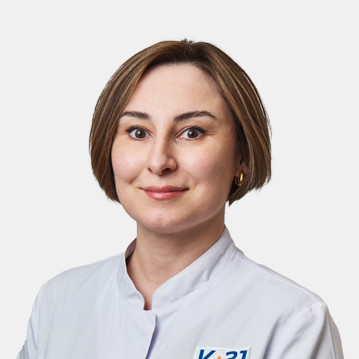
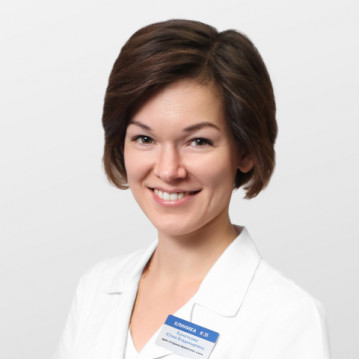
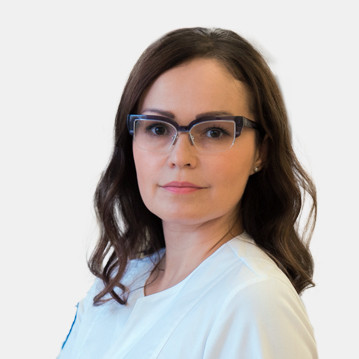
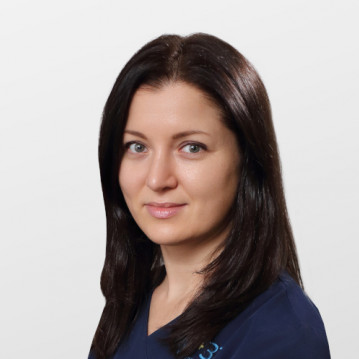
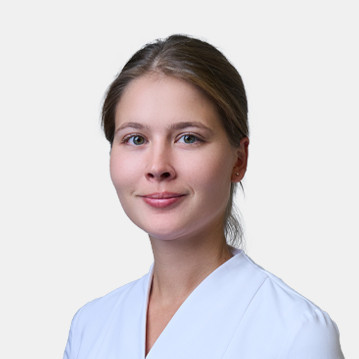
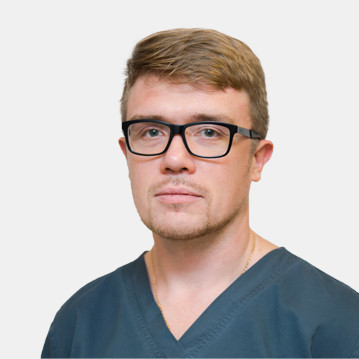
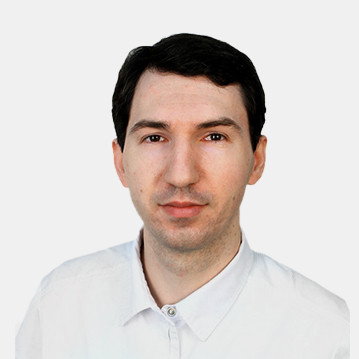

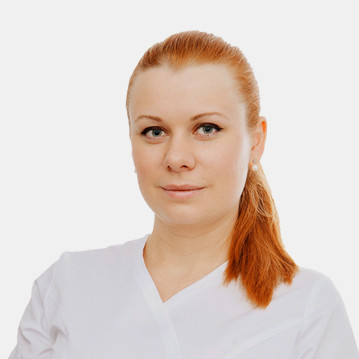
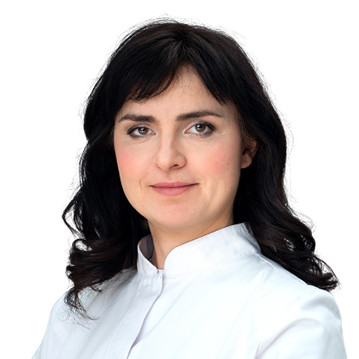
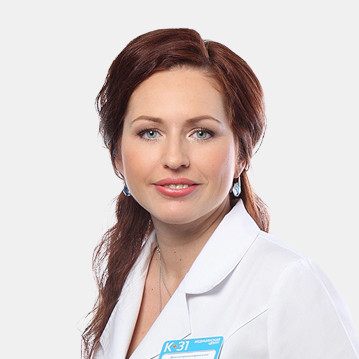
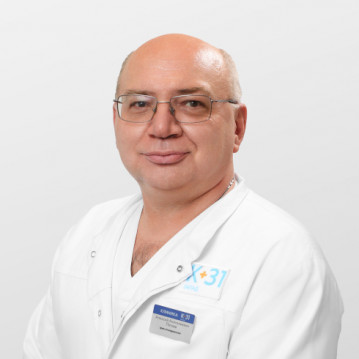
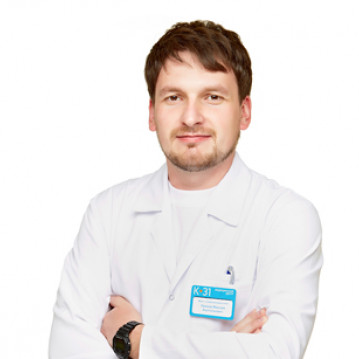
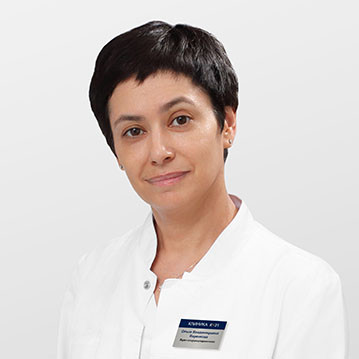
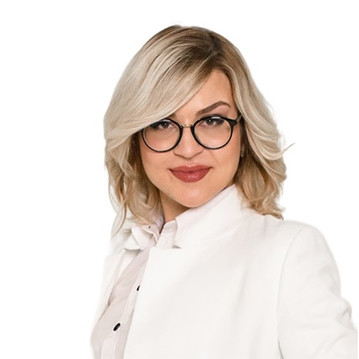
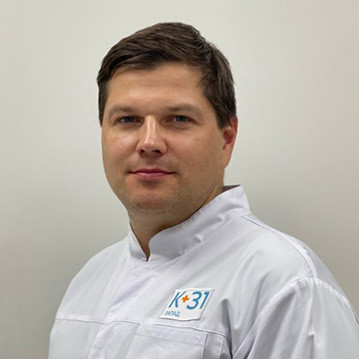
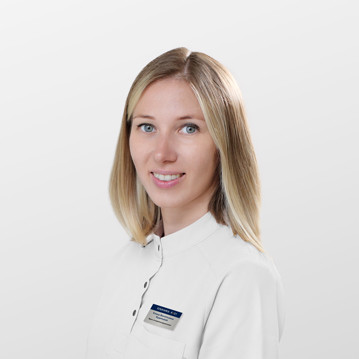
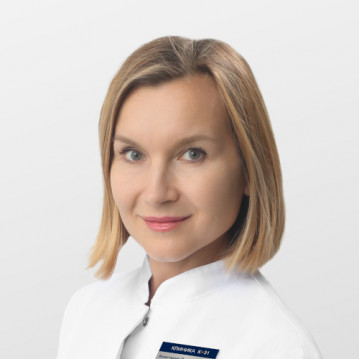
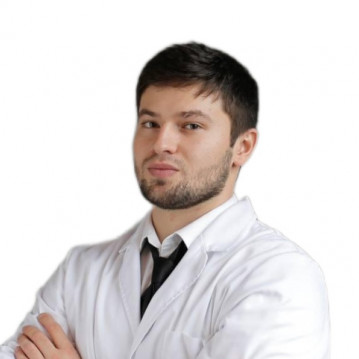

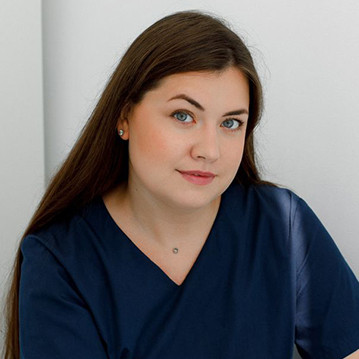
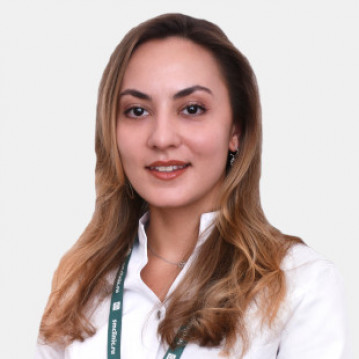





Causes of Sinus Cysts
A tumor that appears in the craniofacial region is localized in one of the paranasal sinuses. This sac-like neoplasm consists of a thin membrane containing fluid. Depending on the type of fluid, cysts are classified as follows:
Cysts in the sinuses are formed for various reasons. For example, mucocele most often forms as a result of a chronic inflammatory process (sinusitis).
Hydrocele often occurs in the sinus against the background of a curvature of the nasal septum. This structural defect makes it difficult for the secretion to flow naturally. This creates conditions for the accumulation of serous fluid.
A cyst filled with pus usually forms when there is an infection in the sinuses.